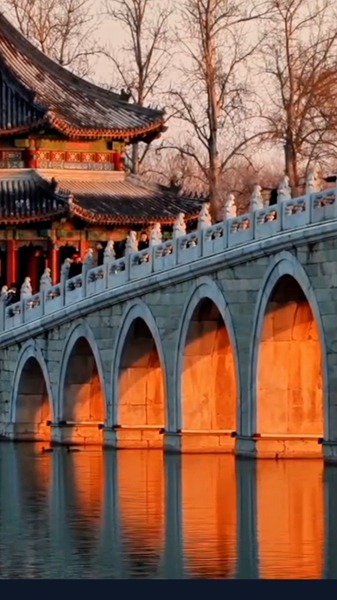Deep in Guizhou’s emerald hills, many Miao communities use the term "zhai" (寨) to describe their villages. But what sets a "zhai" apart from a "cun" (村) or "zhuang" (庄)? Let’s dive in and explore the history behind these names.
A Tale of Three Villages
- Cun (村): The standard term for village used across the Chinese mainland, often an administrative unit of several hundred to a few thousand people.
- Zhuang (庄): Historically a smaller settlement or hamlet, sometimes centered around a market or farmland, reflecting local customs.
- Zhai (寨): Literally a stockade or fortified settlement, highlighting the Miao’s ancestral need for defense and community solidarity.
For the Miao people, "zhai" isn’t just a label—it’s a living reminder of a past when villages stood guard against raids. Nestled on hilltops or tucked into river valleys, these zhai blend strategic design with breathtaking architecture.
Cultural Echoes in Architecture
Walk through a typical Miao zhai, and you’ll spot narrow lanes, watchtowers, and drum towers at the village center. These features once served as early warning systems, uniting residents in a shared sense of security.
Why It Matters Today
Understanding the difference among cun, zhuang, and zhai gives travelers deeper cultural insight. It shows how language captures history—turning everyday place names into stories of resilience, identity, and community.
Next time you plan a trip to Guizhou or explore ethnic villages across the Chinese mainland, remember: when you step foot in a "zhai," you’re walking into a chapter of living history. Ready to explore?
Reference(s):
cgtn.com


